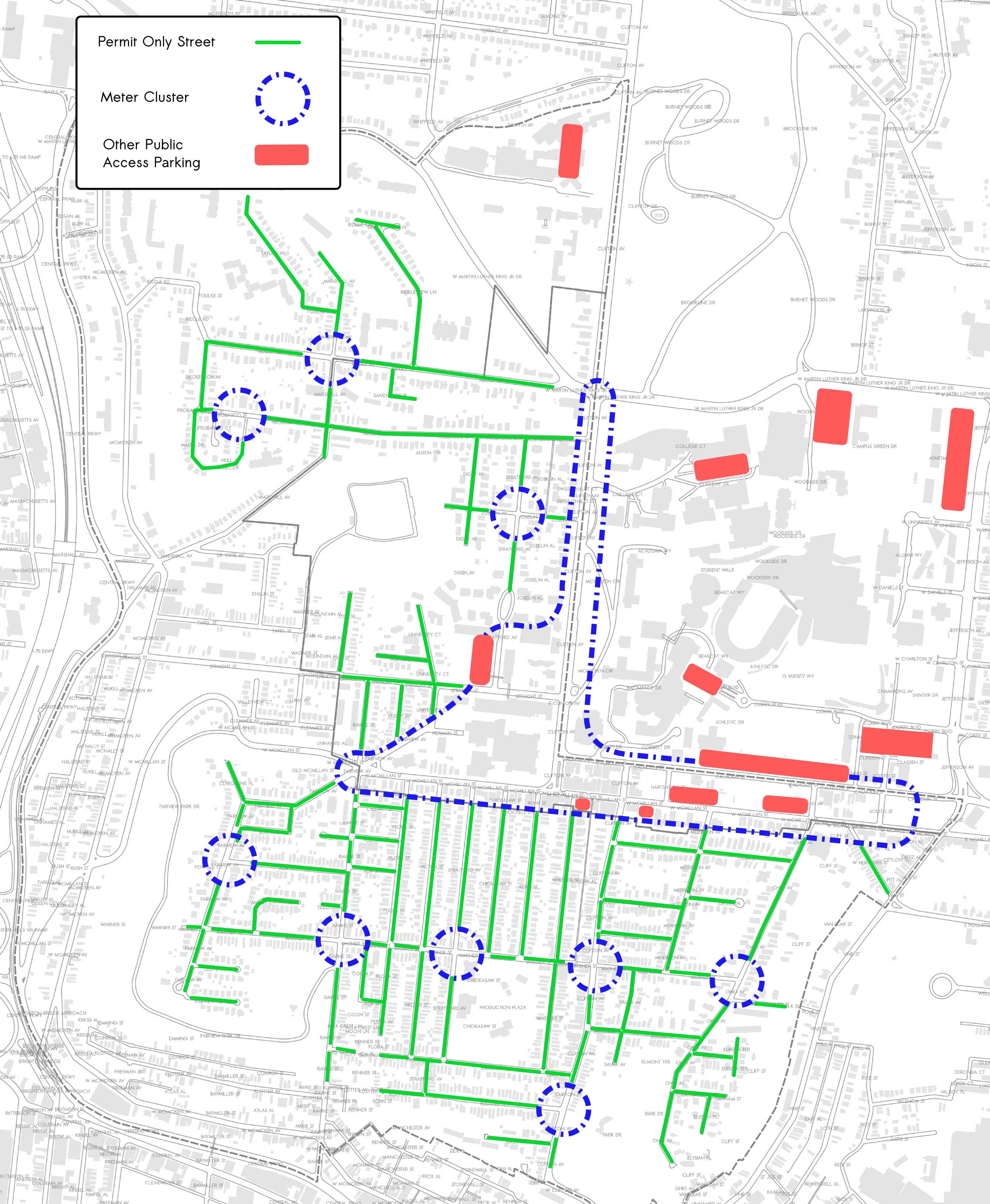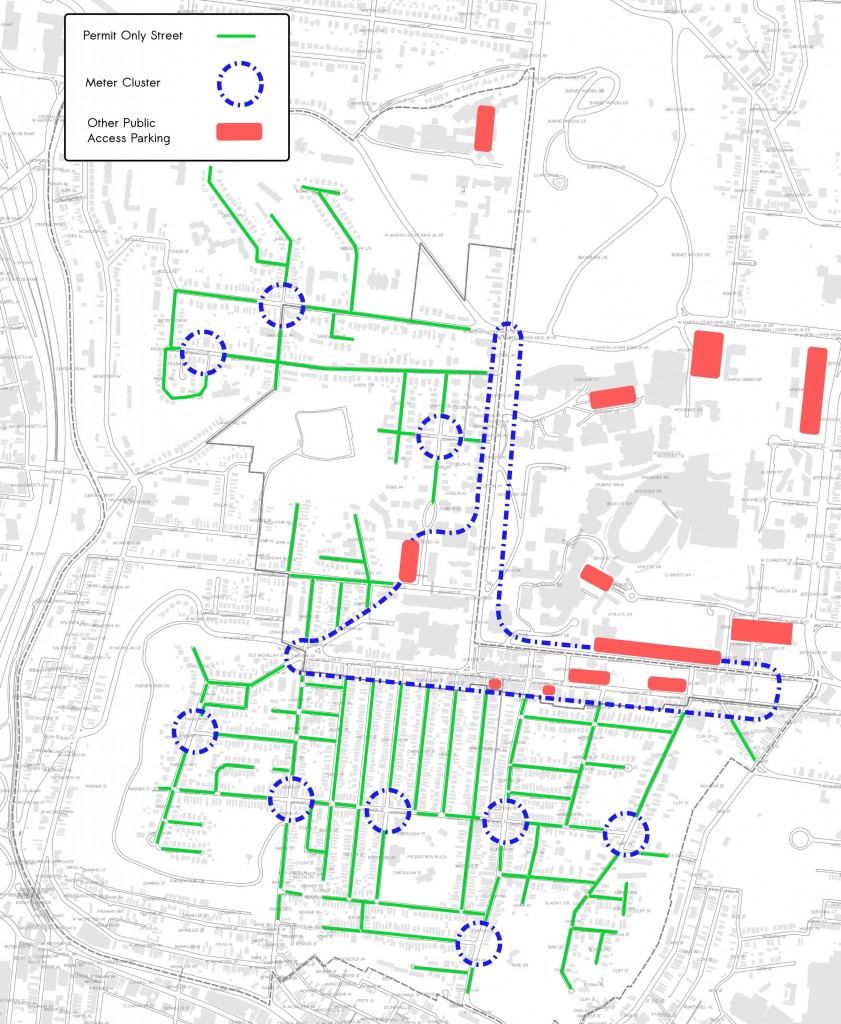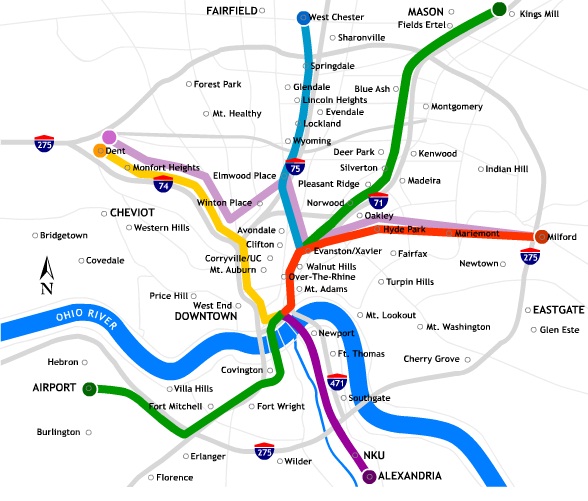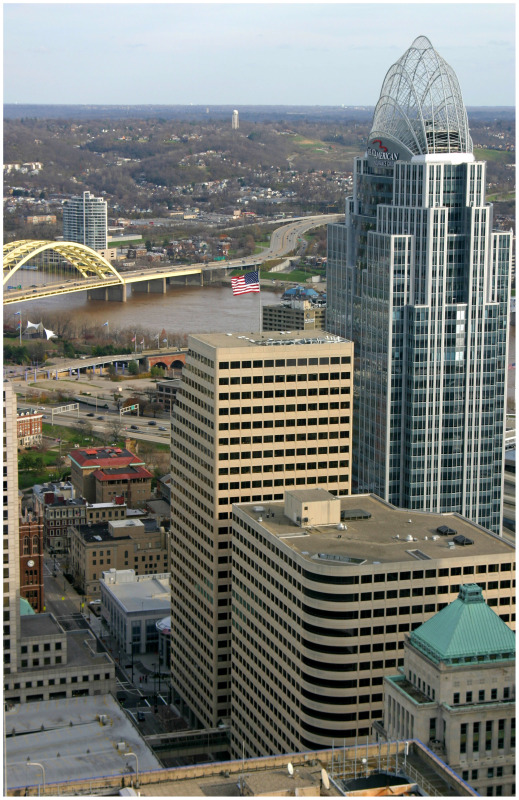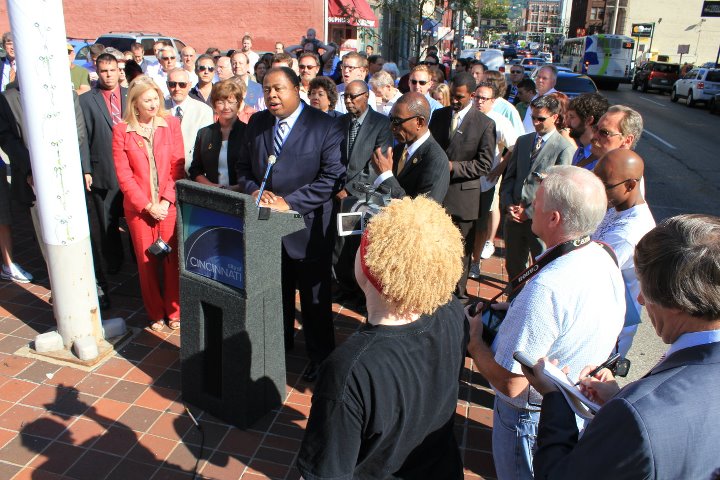Those who have visited The Banks development along Cincinnati’s central riverfront may have noticed something new about the trash cans out on the street. Instead of the typical trash cans, the city has installed solar-powered BigBelly receptacles throughout the first-phase of the development.
These new-age trash cans have the ability to hold more trash, and notify collection crews when they need to be emptied. And the introduction of the electronic trash receptacles does not end at The Banks development. In fact, there are now 51 of these BigBelly solar cans located throughout the central business district alone, and another five located in neighborhood business districts in South Fairmount, Cumminsville, Northside, Mt. Adams and Mt. Lookout.
“Cans have been placed at locations where the city has regular cans that overflowed between collections,” said Larry Whitaker, assistant to the director of Cincinnati’s Public Services Department. “All are in high foot traffic areas, and the solar-powered cans have been well-received thus far.”

The first sidewalk BigBelly solar cans were installed on Third Street in downtown Cincinnati. Photograph by Randy A. Simes for UrbanCincy.
City officials say that the cans cost approximately $4,500 each, and that the purchases were made using the city’s corner can replacement fund for annual maintenance and replacement of trash cans throughout the city. Old cans being replaced by the new BigBelly solar cans, Whitaker says, are being used as replacements for other existing cans in bad repair throughout the city.
While it is still too early to judge results of the new cans, the idea is that the long-term savings will offset the initial capital cost increase.
“The BigBelly cans have not been installed for very long, but we expect the new cans to cost more in maintenance due to the cost associated with replacing sophisticated components,” Whitaker explained. “The new cans have a lot more moving parts that could malfunction; however, we anticipate the cost of repairs to be offset by savings from less frequent collections.”
Prior to replacing street trash cans, scores of BigBelly trash compactor units had been installed throughout some of the city’s busiest parks including Piatt Park, Eden Park and Lytle Park.
Boston was one of the first cities to aggressively pursue the installation of such trash receptacles in its city. The primary justification was due to the promise of increased efficiency, improved service levels, less frequent collections, the ability to remotely monitor the status of the cans, and more sanitary environment thanks to the closed lid design which prevents water and rodents from getting to the trash and prevents debris from blowing into the street.
Philadelphia has also pursued this change and estimates that replacing 700 standard trash cans with 500 BigBelly units will result in approximately $2,600 in savings per unit over the next ten years.
In Cincinnati officials say that it is likely additional solar-powered trash cans will be converted as funding becomes available, but that the number of cans and their placement has yet to be determined.
“When you think of trash collection most of the energy is spent going out to serve a location,” Office of Environmental Quality director, Larry Falkin, told UrbanCincy. “So if you can service a location less frequently there there’s a quick payback for the technology. It’s really about finding the right location where the efficiencies are worth it, and downtown and park locations seem to make a lot of sense.”

